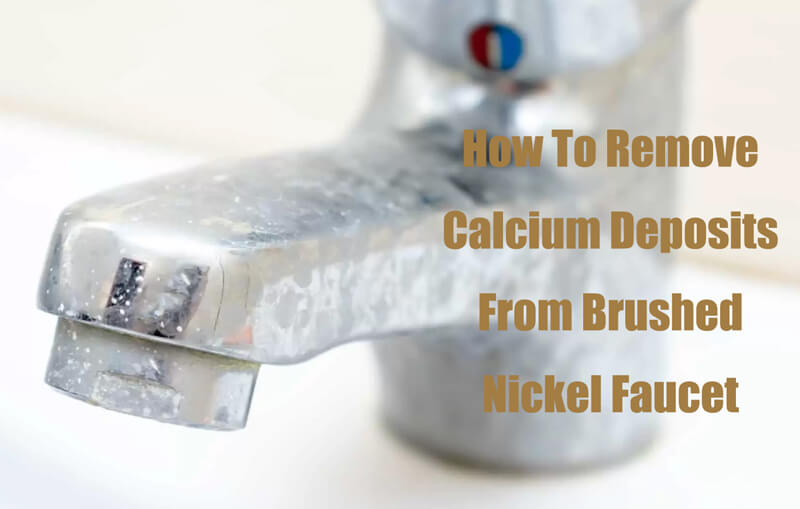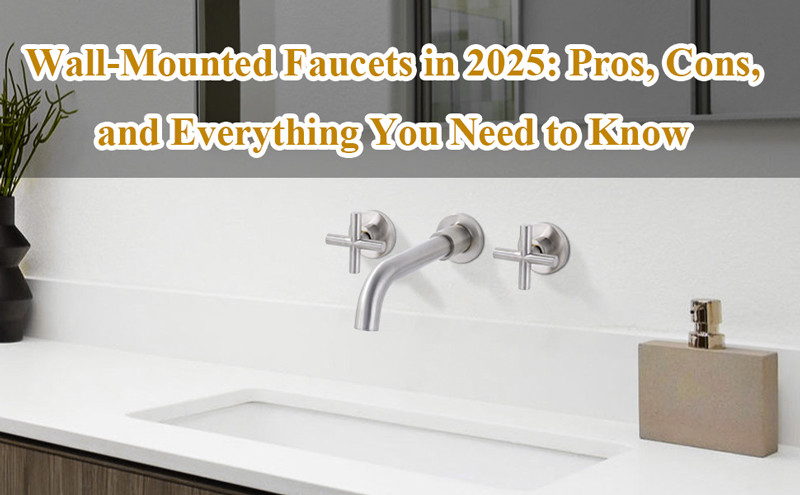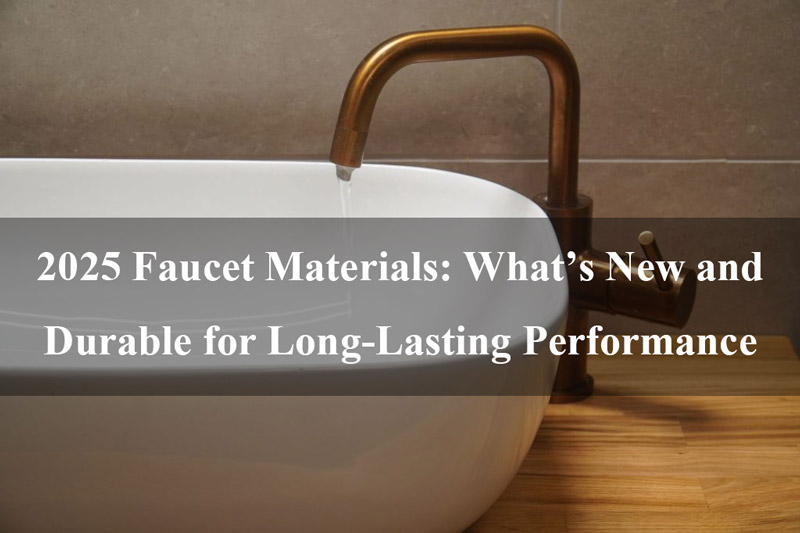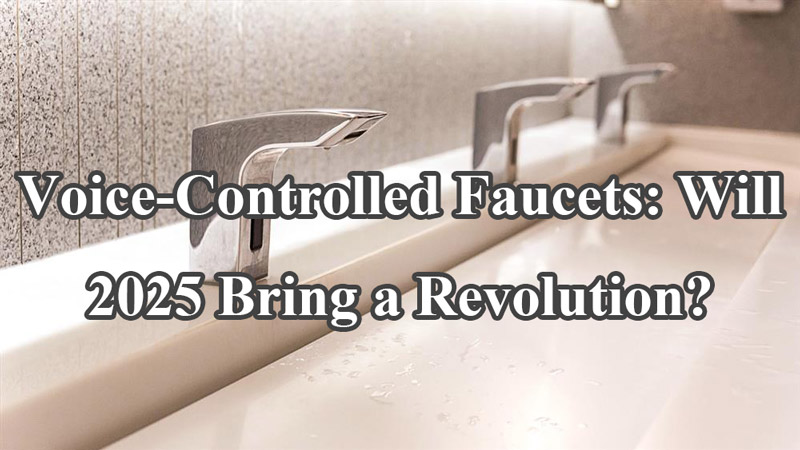
Brushed nickel faucets are a popular choice for many homeowners due to their sleek and modern appearance. However, over time, calcium deposits can accumulate on the surface of these fixtures, detracting from their beauty and potentially even damaging the finish if left untreated. Luckily, there are several methods for removing calcium deposits from brushed nickel faucets that are both effective and safe. In this post, we’ll cover some of the most popular techniques for cleaning and restoring your brushed nickel faucet to its former glory.
How to remove calcium deposits from brushed nickel faucet
Method 1: Vinegar and Baking Soda
One of the easiest and most effective ways to remove calcium deposits from a brushed nickel faucet is to use a mixture of vinegar and baking soda. Here’s how to do it:
- Mix equal parts white vinegar and water in a spray bottle.
- Spray the solution generously over the entire surface of the faucet.
- Allow the vinegar to sit on the surface of the faucet for 5-10 minutes.
- Dip an old toothbrush in a mixture of baking soda and water, and scrub the surface of the faucet vigorously.
- Rinse the faucet with clean water and dry it thoroughly with a soft cloth.
This method works because the acidity of the vinegar helps to dissolve the calcium deposits, while the baking soda provides gentle abrasion to scrub them away. It’s important to note, however, that vinegar is acidic and can potentially damage some types of finishes, so it’s always a good idea to spot-test a small, inconspicuous area of your faucet before cleaning the entire surface.
Method 2: Lemon Juice and Salt
Another effective natural cleaner for removing calcium deposits from a brushed nickel faucet is a mixture of lemon juice and salt. Here’s how to use this method:
- Cut a lemon in half and sprinkle salt generously over the cut side.
- Rub the lemon and salt mixture over the surface of the faucet, using firm pressure to work the solution into the calcium deposits.
- Allow the lemon juice and salt to sit on the surface of the faucet for 5-10 minutes.
- Rinse the faucet with clean water and dry it thoroughly with a soft cloth.
The acid in the lemon juice helps to break down the calcium deposits, while the salt provides gentle abrasion to scrub them away. This method is a great alternative to vinegar if you’re concerned about the acidic properties of vinegar damaging your faucet’s finish.
Method 3: Commercial Cleaners
If natural methods don’t work, there are several commercial cleaners available that are specifically designed to remove calcium deposits from metal surfaces like brushed nickel. These products can be found at most hardware and home improvement stores and typically come in a spray bottle or gel formula. Here’s how to use a commercial cleaner to remove calcium deposits from your brushed nickel faucet:
- Follow the instructions on the product label to ensure that it is safe for use on brushed nickel surfaces.
- Apply the cleaner generously to the surface of the faucet, making sure to cover all areas affected by calcium deposits.
- Allow the cleaner to sit on the surface of the faucet for the recommended amount of time (usually 5-10 minutes).
- Use a soft-bristled brush to scrub the surface of the faucet, paying particular attention to areas with heavy deposits.
- Rinse the faucet with clean water and dry it thoroughly with a soft cloth.
It’s important to note that commercial cleaners can be harsh and may contain chemicals that can damage your faucet’s finish if not used correctly. Always follow the manufacturer’s instructions carefully and take any necessary safety precautions, such as wearing gloves or working in a well-ventilated area.
Method 4: Prevention
Preventing calcium deposits from forming on your brushed nickel faucet in the first place is the best way to keep it looking clean and shiny for years to come. While it’s impossible to completely eliminate mineral deposits from your water, there are several preventative measures you can take to reduce their impact on your faucet. Here are a few tips:
- Wipe your faucet down after each use: This may seem like a hassle, but taking a few seconds to wipe down your faucet after each use can go a long way in preventing calcium deposits from building up over time. Simply use a soft cloth or microfiber towel to dry off the surface of the faucet and remove any water droplets that may contain mineral deposits.
- Install a water softener: If you have hard water, installing a water softener can help to remove the minerals that cause calcium deposits from your water supply. While this can be a more expensive solution, it can save you money in the long run by reducing the need for frequent faucet cleaning.
- Use a filter: Another way to remove minerals from your water supply is to use a filter. While not as effective as a water softener, a filter can help to reduce the amount of minerals that end up on your faucet’s surface.
- Avoid abrasive cleaners: Using abrasive cleaners or scrubbers on your brushed nickel faucet can damage the finish and make it more susceptible to calcium deposits in the future. Stick to gentle cleaners and soft cloths or brushes when cleaning your faucet.
In conclusion, removing calcium deposits from a brushed nickel faucet is a simple process that can be done with a few household items or commercial cleaners. By using preventative measures and regular cleaning, you can keep your faucet looking clean and shiny for years to come. Remember to always follow the manufacturer’s instructions and take any necessary safety precautions when using commercial cleaners, and spot-test any natural cleaning solutions before using them on the entire surface of your faucet.
 WOWOW Faucets
WOWOW Faucets





您好!Please sign in